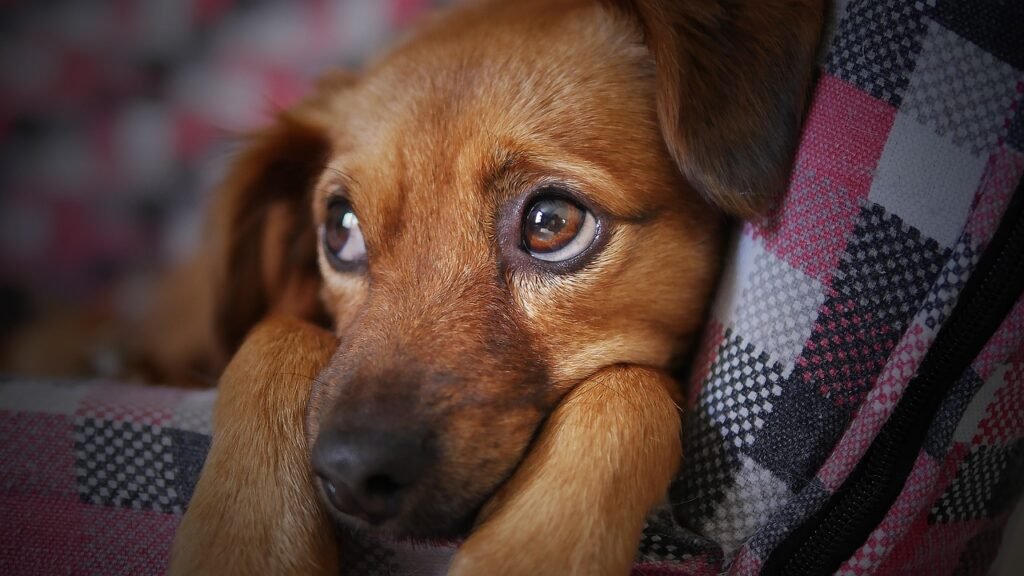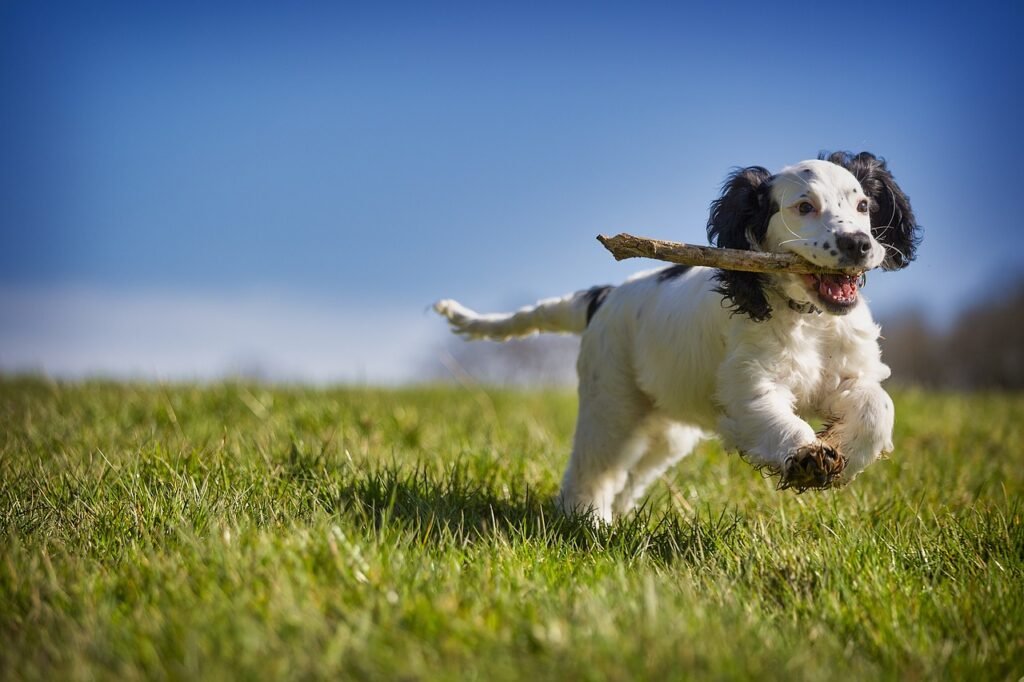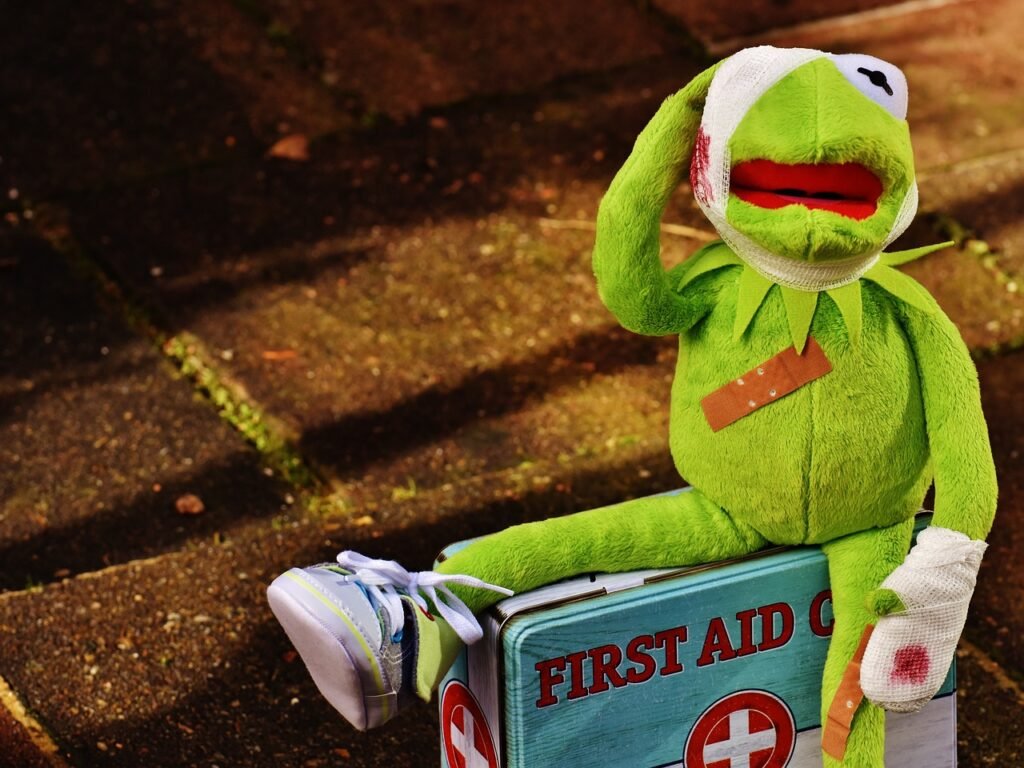Proven Methods to Prevent and Alleviate Separation Anxiety in Dogs for a Happier Home Life
Leaving your house should be a routine part of life, but for some dog owners, it’s met with heart-wrenching cries, destructive behavior, and anxious pacing. Separation anxiety in dogs can be distressing for both you and your furry friend, but fear not! In this comprehensive guide, we’ll provide you with invaluable methods to prevent and alleviate separation anxiety, allowing you to confidently leave your dog home alone.
1. Understanding Separation Anxiety
Separation anxiety is a condition that arises when dogs become distressed or anxious upon being separated from their owners. It can manifest in various ways, including excessive barking, destructive chewing, or even self-harm. Recognizing the signs and understanding the root causes are crucial steps toward finding effective solutions.
2. Gradual Departures and Reintroductions
Start by desensitizing your dog to your departures. Practice short absences initially, gradually increasing the duration over time. Make departures and arrivals low-key to avoid reinforcing anxiety. This gradual approach helps your dog build confidence and trust that you’ll always return.
3. Establish a Calming Pre-Departure Routine
Create a consistent pre-departure routine that signals to your dog that it’s time to relax. Engage in calming activities such as puzzle toys, gentle grooming, or soothing music. This routine helps your dog associate departures with positive experiences and a sense of calm.
4. Crate Training: A Safe Haven
Crate training can be an effective tool in managing separation anxiety. Introduce your dog to the crate gradually, using positive reinforcement and making it a comfortable and inviting space. The crate provides a secure den-like environment that can help alleviate anxiety and prevent destructive behavior.
5. Counterconditioning: Changing the Association
Counterconditioning involves changing your dog’s emotional response to being alone. Pair your departures with positive experiences, such as special treats or engaging toys. This helps your dog associate your absence with positive outcomes, gradually reducing anxiety.
6. Interactive Toys and Puzzles
Engage your dog’s mind and provide mental stimulation during your absence. Interactive toys and puzzle feeders can keep them occupied, redirecting their attention from your departure and providing a sense of fulfillment. Experiment with different toys to find ones that best capture your dog’s interest.
7. Consider Professional Help
If your dog’s separation anxiety persists despite your efforts, seeking professional guidance is highly recommended. A qualified dog trainer or animal behaviorist can assess your dog’s specific needs and provide tailored strategies to address their anxiety effectively.
8. Address Additional Needs: Exercise and Socialization
A tired and well-exercised dog is less likely to exhibit anxiety. Prioritize regular exercise, playtime, and walks to help burn off excess energy. Additionally, ensure your dog receives ample socialization opportunities to build confidence and reduce anxiety in various situations.
9. Use Calming Aids
Natural calming aids can complement your training efforts. Products such as pheromone diffusers, anxiety wraps, or herbal supplements may help alleviate anxiety in some dogs. Consult with your veterinarian to explore safe and suitable options.
Patience and Consistency
Overcoming separation anxiety takes time, patience, and consistent effort. Remember that progress may be gradual, and setbacks can occur. Stay committed to the process, celebrate small victories, and adjust your approach as needed.
Separation anxiety is a common challenge faced by many dog owners, but with the right strategies and a compassionate approach, it can be managed effectively. By implementing gradual departures, establishing a calming routine, utilizing crate training, and seeking professional help when necessary, you can help your furry friend overcome their anxiety and create a peaceful and stress-free environment for both of you. Embrace the journey, provide reassurance, and soon your dog will learn that being home alone is nothing to fear.



